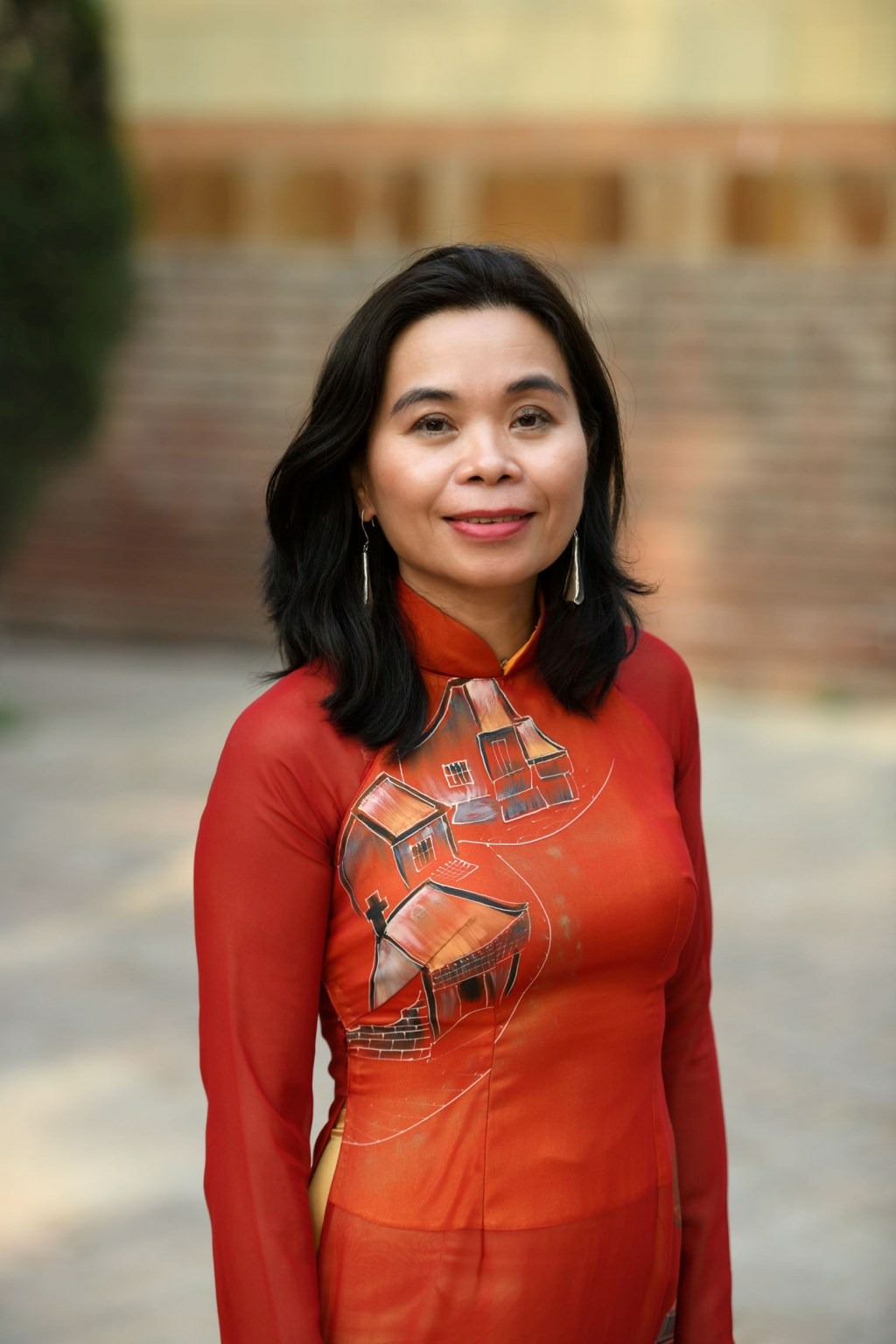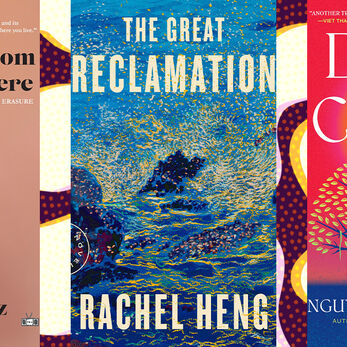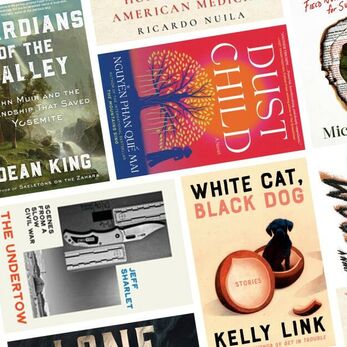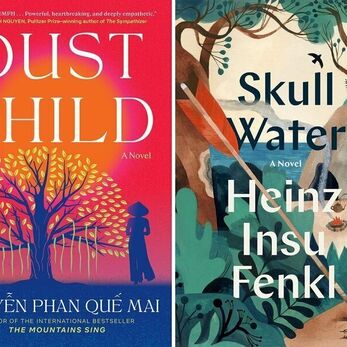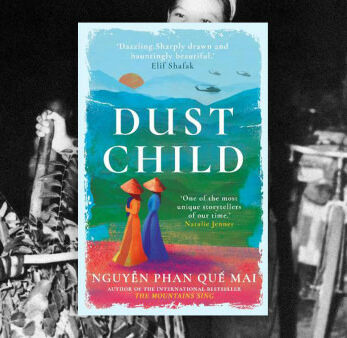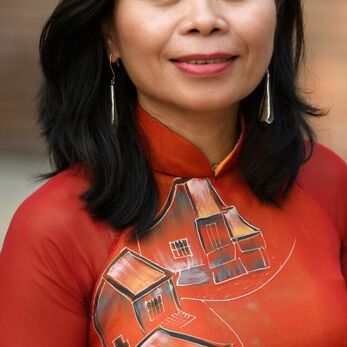International best-selling author Nguyễn Phan Quế Mai was involved in designing the new book jacket design for her second novel, “Dust Child.” “The U.S. cover for ‘Dust Child’ was love at first sight for me,” said the award-winning writer and journalist.
International best-selling author Nguyễn Phan Quế Mai was involved in designing the new book jacket design for her second novel, “Dust Child.”
“The U.S. cover for ‘Dust Child’ was love at first sight for me,” said the award-winning writer and journalist. “It was designed by Christopher Moisan, who designed the cover for the Pulitzer Prize-winning book “The Sympathizer.”
“Before that, I had brainstormed ideas with my editor, and we wanted to have a tree on the cover. This tree represents the ancient Bodhi tree which stands in front of a Catholic orphanage where Phong was abandoned as a child. In ‘Dust Child,’ a nun from the orphanage tells Phong: ‘This tree is a symbol of Buddhism and even though the founder of our orphanage was Catholic, she insisted that we take care of it to show that people of all religions can live in harmony.'”
“Dust Child,” arriving in bookstores Tuesday, is a moving saga about family secrets, trauma, discrimination, hope and, ultimately forgiveness. It’s set during war-torn 1969 Vietnam and current day.
Born and raised in Vietnam, where she now splits her time with Indonesia, Nguyễn is the author of “The Mountains Sing,” and her writing has been translated into 20 languages. She is an advocate for the rights of disadvantaged groups and has founded multiple scholarship programs. Currently, she divides her time between Kyrgyzstan and Vietnam. She recently spoke about her new book.
Q: Please describe your main character, Phong. What is “bụi đời” and why is he called that?
A: Phong is a loving father and husband, a musician, a rice farmer and a carpenter. Life has not treated him kindly — he was abandoned as a newborn in front of an orphanage in South Vietnam and was bullied growing up. He is called “child of the enemy” because his physical features clearly show he is the child of an American soldier. Because he was homeless for many years, people also called him “bụi đời” or “the dust of life.”
Q: Why did you want to write about an American veteran, the character Dan Ashland, revisiting Vietnam years after he served in the war?
A: Over the years, I’ve been working with American veterans who return to Vietnam to help rebuild my homeland, assist victims of Agent Orange or remove unexploded ordnance. In them, I see regrets, kindness and compassion. They compelled me to write about their experiences. Via Dan Ashland, I’d like to show how wars and violence can affect a person and what it takes to forgive oneself and to help others heal.
Q: What’s your inspiration for sisters Trang and Quỳnh?
A: Trang and Quỳnh were born out of my experiences growing up in Vietnam and facing a life of hardship and difficult choices. They are also born out of my real-life interviews and research into the lives of Vietnamese women who had to work at bars and brothels to serve American soldiers. More importantly, Trang and Quỳnh were born out of the many strong and brave women I grew up knowing — those who refuse to be victims, those who would do anything for their families and those who have to bury many secrets deep within themselves to protect their families.
Q: Which character was the hardest to write?
A: Each character in the book is unique, fascinating and complex to me. Their life experiences are very different from mine, which made it challenging and required me to do a lot of careful research. Writing in the voice of Dan, was particularly difficult. Thankfully, I’ve been working with American veterans for many years. I’ve traveled with them to their former battlefields, cried with them in front of graves of unknown soldiers and translated their meetings with their former enemies. I’d not have been able to write Dan Ashland without those tears and those experiences.
Q: How did you organize writing about the past, the present, three main plot lines and multiple characters?
A: I love creating suspense while I am at my writing desk because I know unless I can surprise myself, I won’t be able to surprise the readers. By alternating timelines, plotlines and characters, I can create suspense, build bridges, and keep the readers guessing.
Q: Anything you’d like to add?
A: I am thrilled to be having two in-person events. At one event, I’ll be in conversation with the amazing Marianne Reiner. The actress Quyên Ngô will be performing with me at these two events. We will sing and read poetry and much more. Quyên and I are very proud of our Vietnamese culture and we aim to enchant the audience.
“Dust Child”
by Nguyễn Phan Quế Mai
(Algonquin Books, 2023; 352 pages)

